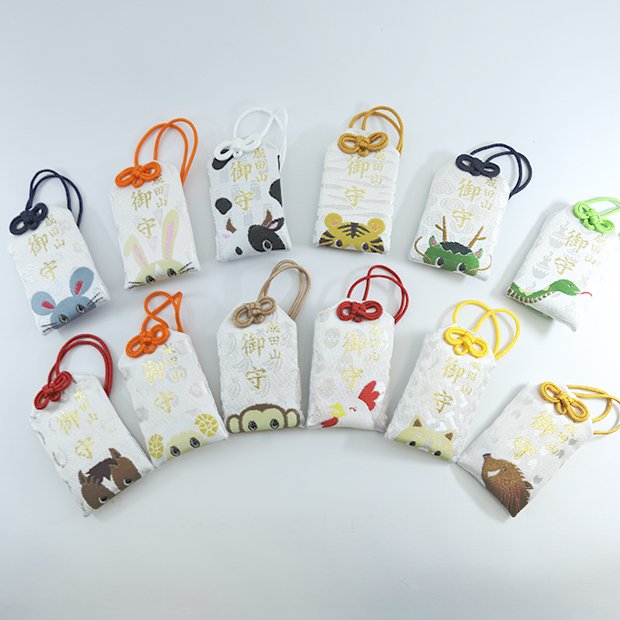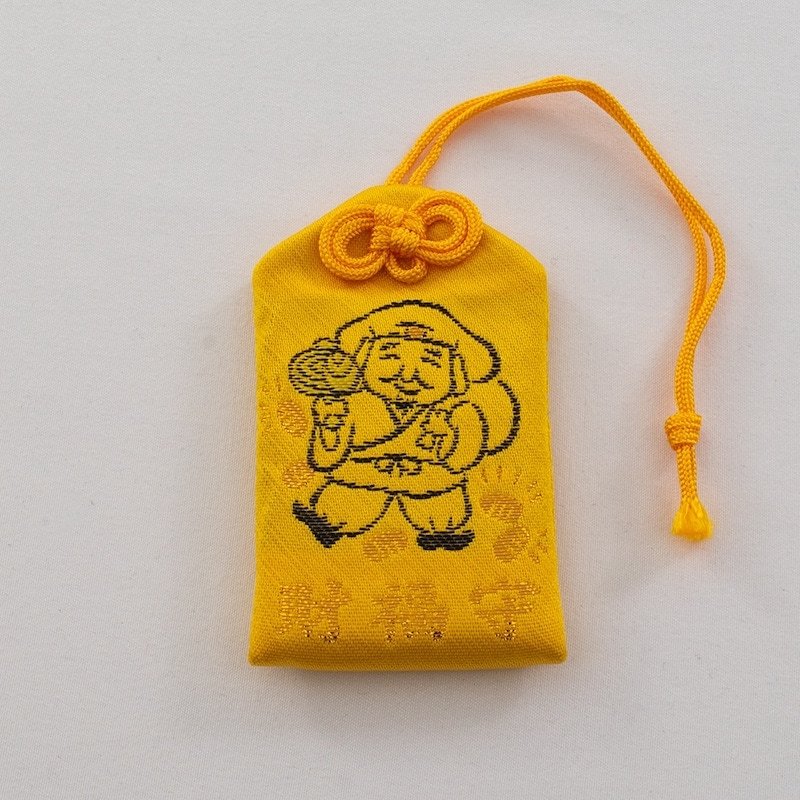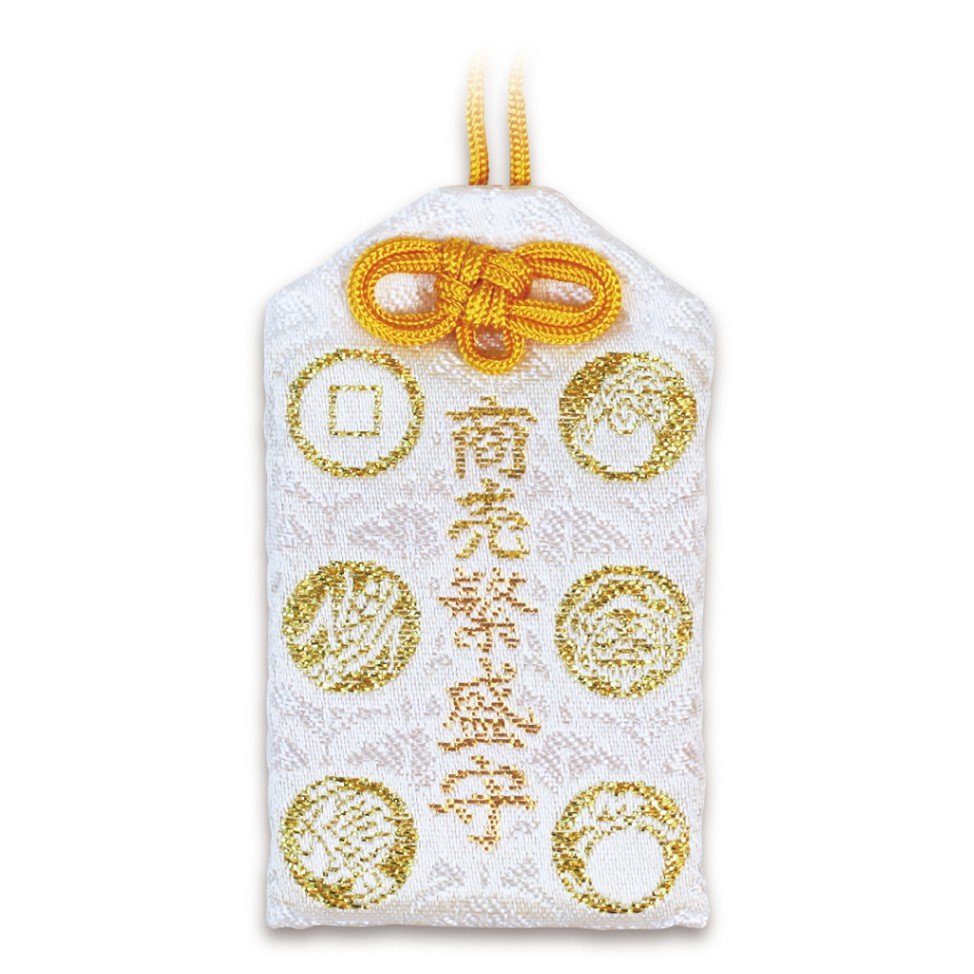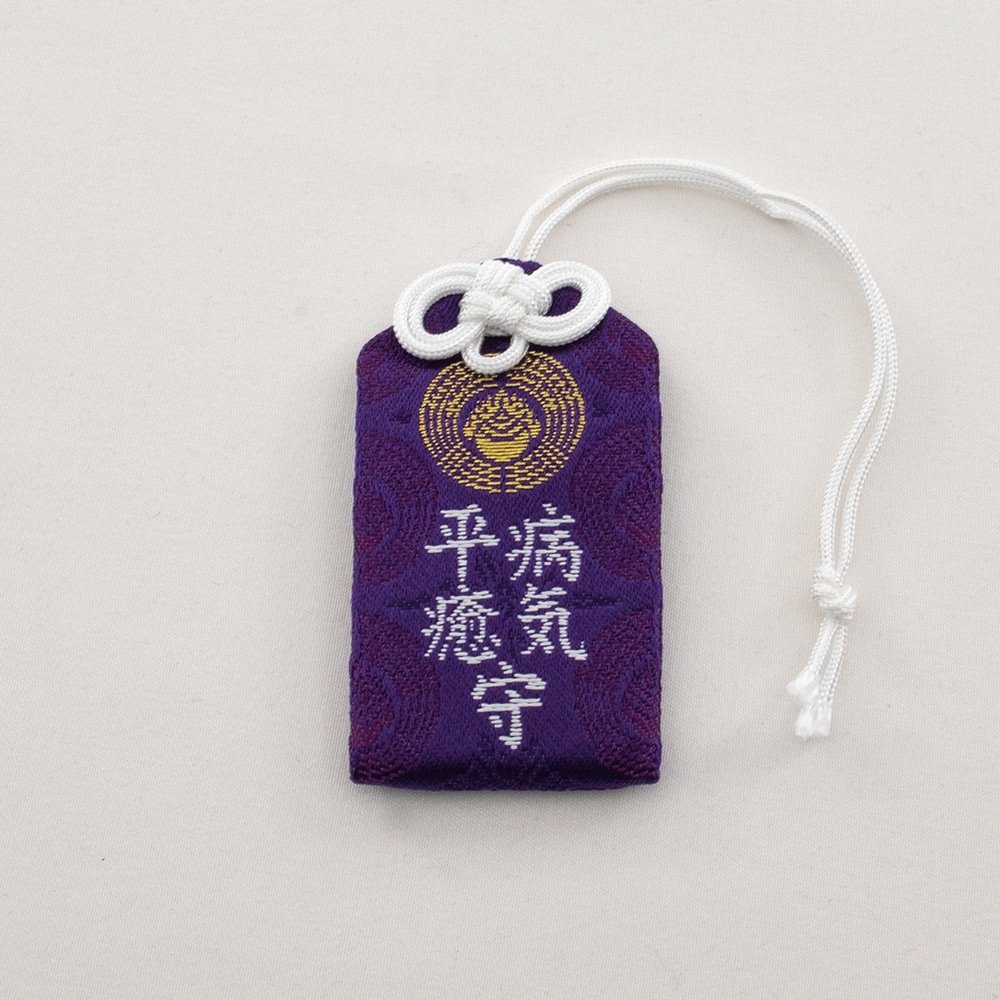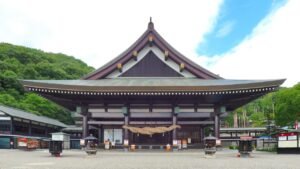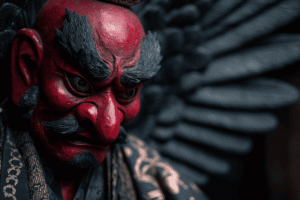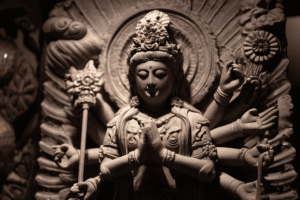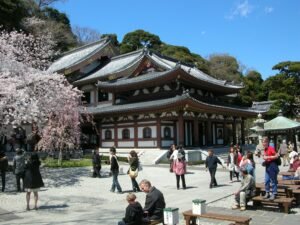Japan, a land of ancient traditions and deep spirituality, has woven a rich tapestry of beliefs and symbols over the centuries. Among these, the Eto (干支, é-to) hold a special place. Far more than a simple horoscope, this annual zodiac of twelve animals is a key to understanding the foundations of culture and personality in the archipelago.
A Shared Origin, Distinct Adaptations
Le Eto system is based on a twelve-year cycle, with each year associated with a distinct animal. While this cycle has its roots in Chinese astrology, it has been fully adopted and adapted by Japanese spirituality. The most famous legend, a Buddhist tale, explains the hierarchy of these animals.
The story goes that Buddha, at the end of his earthly life, organized a race to determine the order of the twelve animals that would watch over the world. The cunning and quick Rat (子, Ne) hid on the back of the Ox (丑, Ushi) and, just as they were about to cross the finish line, leaped off to come in first. The strong and patient Ox finished second. They were followed by the Tiger (寅, Tora), the Rabbit (卯, U), the Dragon (辰, Tatsu), the Snake (巳, Mi), the Horse (午, Uma), the Sheep (未, Hitsuji), the Monkey (申, Saru), the Rooster (酉, Tori), the Dog (戌, Inu), and finally the Boar (亥, I), which replaced the Pig in the Japanese version.
This is where the first notable difference from the Chinese zodiac lies: the Pig (豬, zhū) is replaced by the Boar (亥, Inoshishi). This substitution is significant. The pig in China symbolizes prosperity and good fortune, while the boar in Japan is seen as a strong, brave, and determined animal—a figure of courage and perseverance. Another subtle but important distinction concerns the sign of the Goat (羊, yáng) in the Chinese zodiac, which is most often interpreted as the Sheep (未, Hitsuji) in Japan. While both animals are related, the Japanese sheep evokes an image of gentleness and peace, whereas the Chinese goat can also symbolize loneliness.
Finally, the application of this cycle differs slightly. While both systems are based on the annual cycle, the Japanese zodiac (Eto) is aligned with the Western solar calendar, beginning on January 1st. In China, the New Year is based on the lunar calendar and therefore falls on a variable date, usually between January 21st and February 20th. This difference in the time count can have implications for people born at the beginning of the year, who will not have the same sign depending on whether they refer to the Chinese or Japanese system.
The Twelve Sacred Animals and Their Symbols
Each of the twelve animals of the Japanese zodiac carries a deep and symbolic meaning:
- The Rat (子, Ne): It embodies ingenuity, fertility, and adaptability. It symbolizes new beginnings and renewal.
- The Ox (丑, Ushi): Representing perseverance, strength, and reliability. It is associated with hard work and patience.
- The Tiger (寅, Tora): A symbol of courage, ambition, and determination. It is considered a charismatic leader.
- The Rabbit (卯, U): It evokes gentleness, creativity, and harmony. A sign of peace and benevolence.
- The Dragon (辰, Tatsu): The only mythical animal in the cycle, it symbolizes power, justice, and luck. It is linked to energy and ambition.
- The Snake (巳, Mi): Associated with wisdom, intuition, and mystery. It represents introspection and transformation.
- The Horse (午, Uma): It embodies clarity, independence, and energy. Natives of this sign are often adventurous and free-spirited.
- The Sheep (未, Hitsuji): A symbol of tranquility, sensitivity, and compassion. It is associated with art and inner peace.
- The Monkey (申, Saru): It is synonymous with intelligence, curiosity, and agility. People of this sign are known for their quick wit.
- The Rooster (酉, Tori): It symbolizes punctuality, organization, and pride. It is also a sign of prosperity and protection.
- The Dog (戌, Inu): Representing loyalty, devotion, and honesty. It is the faithful and protective guardian.
- The Boar (亥, I): It symbolizes determination, health, and sociability. It is known for its courage and conviviality.
A Connection Between Eto and Spirituality
The importance of these zodiac signs extends far beyond a simple calendar. The Eto are part of a broader vision of the interdependence of human beings with nature and the invisible forces that guide them. Japanese people honor the animal of their birth year, recognizing in it a spiritual guide or protector. The figures of the Eto are often found in temples and shrines, carved on buildings or depicted on various ritual objects. They serve as bridges between the world of humans and that of the deities, offering specific protection depending on the year.
